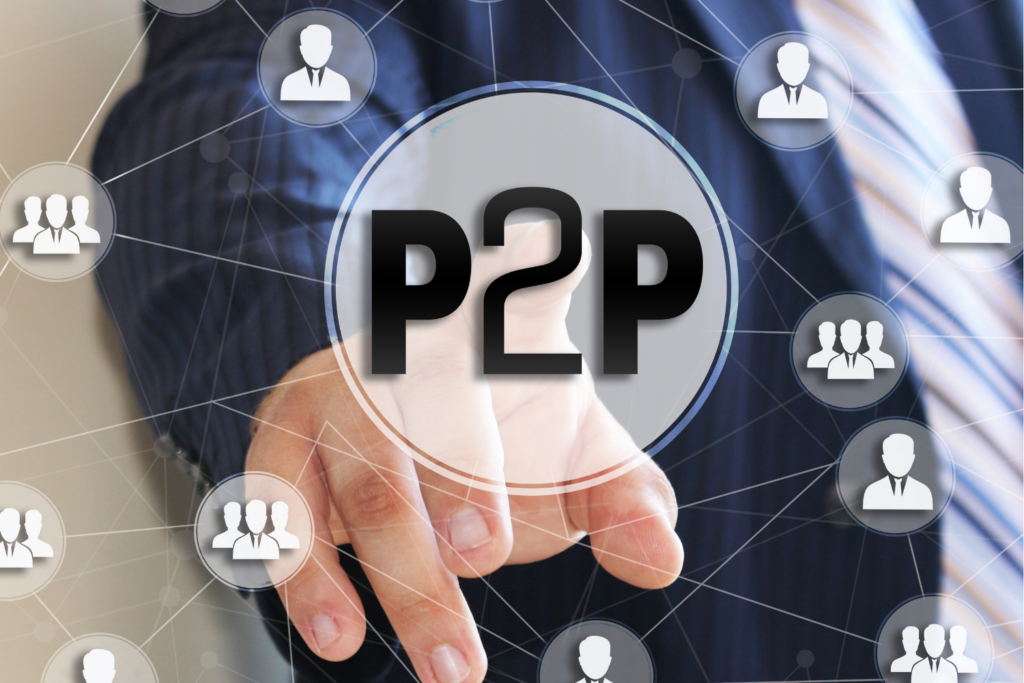
Americans are typically investment-savvy, with many of them starting young and building their portfolios over the years. For an investor, a diverse portfolio makes sense because it reduces the risks and boosts growth in the long run. If you join the bandwagon, you will surely want to build a portfolio with an ideal mix of assets such as stocks, real estate, precious metals, and cryptocurrencies.
Recent statistics show that 61% of American adults hold stocks as an investment. Another survey indicates that young people of age 21 to 42 having $3 million in investable assets allocate 25% of these assets in stocks. The numbers increase for older investors. While the inclination toward stocks is evident among all age groups, new trends are emerging in the investment landscape.
A growing number of people are moving toward meaningful opportunities to generate a healthy financial return on investments and make a positive social or environmental impact. As a beginner, you may not know much about impact investment. But building a meaningful portfolio has extensive benefits, so you must invest effort into learning about it and implementing your knowledge for better decisions.
Here are a few valuable insights into building a meaningful investment portfolio:
Contents
Understand Your Options
Investment is no longer only about making money. It is also about doing your bit to make a difference without compromising growth. The phenomenon is global, as the worldwide impact investing market’s value stood at a whopping $2.5 trillion in 2021 and is projected to cross the $6 trillion mark by 2031. Following these trends, impact investing is popular in the US too.
According to Colorado Capital Management, several meaningful investment options are there for people looking to embrace the trend. From loans with a purpose to engaged stock ownership and social enterprise, there are several options that qualify as meaningful investments.
Knowing your options gives you a head start when it comes to reworking your portfolio or building it from scratch. You can consider the three I’s (intentionality, influence, and inclusion) of impact investing to choose wisely.
Define Your Goals
Knowing your investment options gives you a head start, but you shouldn’t dive in too deep or try going too broad. Experts recommend defining your goals by choosing a cause you care about. You can start with a single cause first and add more goals as you build down the line. A recent survey states that 61% of millennial investors have added at least one impact-driven investment to their portfolios.
Here are a few options to consider when defining your goals:
- Climate-focused projects that support the move toward a low-carbon economy
- Projects advancing racial and gender equity in the workforce
- Projects seeking to improve lives through access to housing, education, and healthcare
- Faith-based investments
Align Your Goals With Your Financial Picture
Another significant aspect of building a meaningful investment portfolio is to align your impact goals with your overall financial picture. You shouldn’t sacrifice your financial goals because they are as critical as making a positive contribution. At this stage, you must also assess the risks as they can affect your financial goals down the line.
Financial goals for investors range from building wealth to preserving it and generating income. They depend on factors like age, income, and outlook. Consider ways to integrate these goals with your impact objectives. You can seek expert advice if seeking the balance sounds tricky.
Monitor Portfolio Performance
Investment is not a set-and-forget game because you need to optimize your portfolio with evolving needs and circumstances. The same applies to impact-based investments. Measure and monitor the performance of your portfolio in context to your short- and long-term environmental, social, and financial goals.
You may struggle due to a lack of standard industry metrics, but you can seek expert advice to get your facts right. A seasoned professional can help you identify your impact preferences and assess your holdings to find the gaps. They may also suggest ways to realign your portfolio for better results and achievement of your financial and ESG goals.
The Bottom Line
Investing with a difference is no longer an anomaly as more and more Americans are keen to get the best of both worlds. With the growing awareness and opportunities in the market, it is easy to build an investment portfolio that aligns with your goals.
You only need to identify the best ones, ensure they do not curb financial growth, and assess the performance of your portfolio over time. Building it can help you change the world and grow your money.




